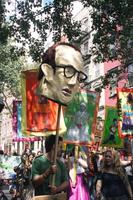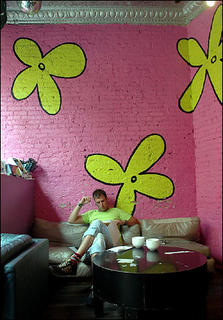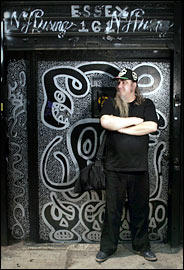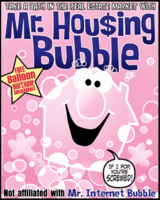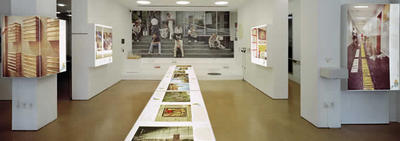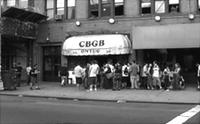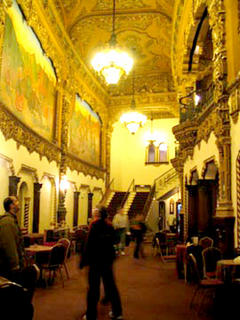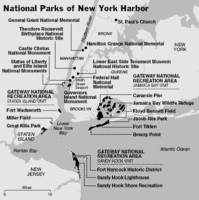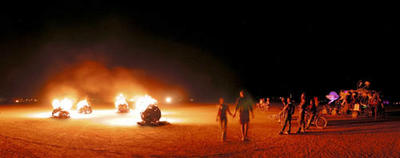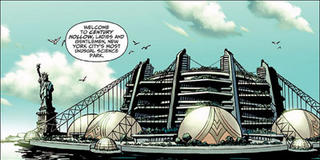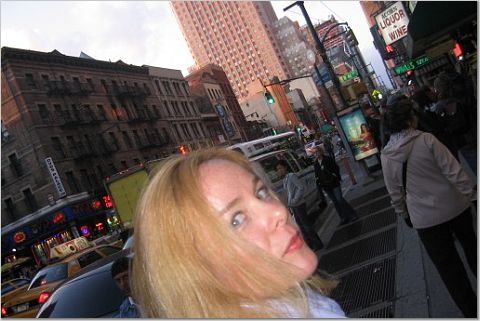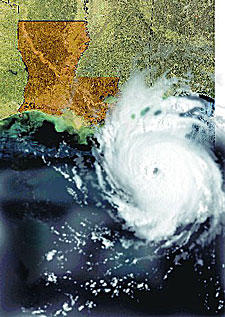 As Brian Lehrer said this morning on WNYC, “We’re all New Orleaners now." With that justification for venturing beyond New York City boundaries, I want to bring up a small but important side issue that has arisen from the Katrina disaster. The New Orleans daily paper, the Times-Picayune (widely respected in the journalism world), had an exhaustive five-part series in 2002 warning of the devistation the city could suffer if a big hurricane hit the area. This was not tossed-off, fear-factor reporting. In the series, called Washing Away, the paper pretty much nailed every contributing factor to this nightmare, both human and natural, including evacuation problems and levee breaks, which are apparently the main sources of misery at the moment. So, at the risk of sounding strident, I just have to say as a journalist that -- while the mainstream media gets trashed, is called biased and gets dismissed for fear-mongering or irrelevance -- hard working and talented people are putting out important and useful information every day that gets denigrated and ignored – to which I would add – at our own peril. As a side note, the hard working people at the Times-Picayune – whose homes are under water – have continued publishing critically important information on the paper’s website since they can’t put out a physical paper. In the annals of journalism, I have no doubt this development will be considered a turning point in the evolution of ink-and-paper press to the internet. The New York Times has a slide show feature on its website of the aftermath (photo no. 9 is really compelling).
As Brian Lehrer said this morning on WNYC, “We’re all New Orleaners now." With that justification for venturing beyond New York City boundaries, I want to bring up a small but important side issue that has arisen from the Katrina disaster. The New Orleans daily paper, the Times-Picayune (widely respected in the journalism world), had an exhaustive five-part series in 2002 warning of the devistation the city could suffer if a big hurricane hit the area. This was not tossed-off, fear-factor reporting. In the series, called Washing Away, the paper pretty much nailed every contributing factor to this nightmare, both human and natural, including evacuation problems and levee breaks, which are apparently the main sources of misery at the moment. So, at the risk of sounding strident, I just have to say as a journalist that -- while the mainstream media gets trashed, is called biased and gets dismissed for fear-mongering or irrelevance -- hard working and talented people are putting out important and useful information every day that gets denigrated and ignored – to which I would add – at our own peril. As a side note, the hard working people at the Times-Picayune – whose homes are under water – have continued publishing critically important information on the paper’s website since they can’t put out a physical paper. In the annals of journalism, I have no doubt this development will be considered a turning point in the evolution of ink-and-paper press to the internet. The New York Times has a slide show feature on its website of the aftermath (photo no. 9 is really compelling).P.S. The NY Times also has an impressive, multi-level graphic showing flooded areas, where levees broke, evacuation routes, and the oil indstury.


